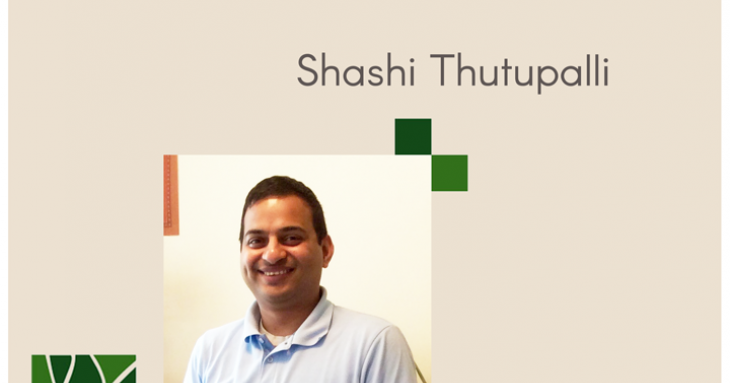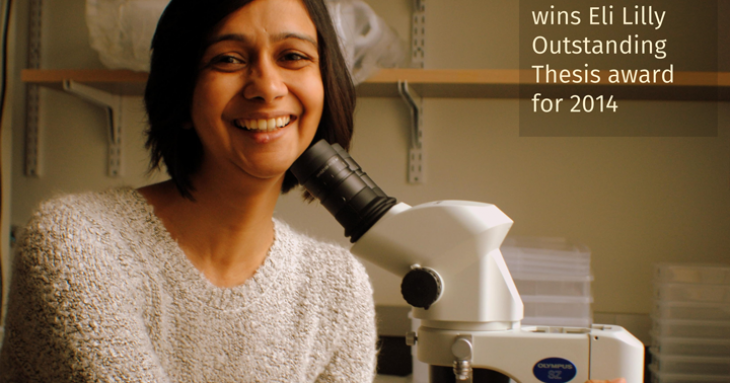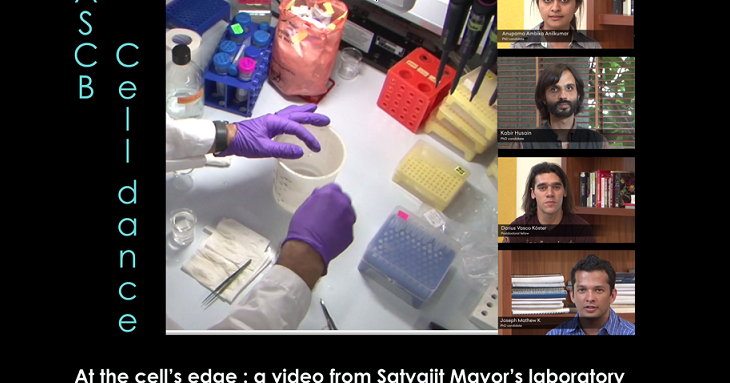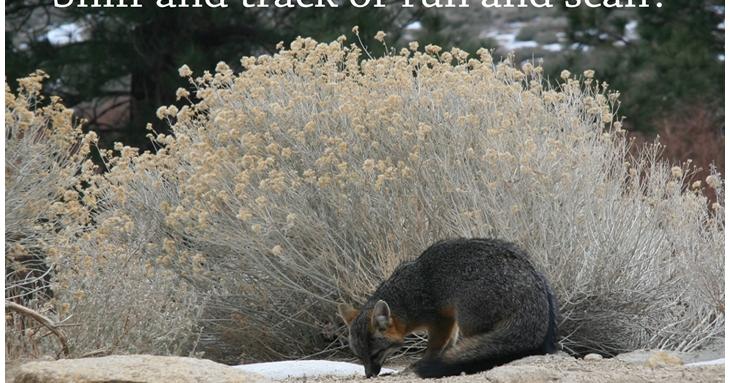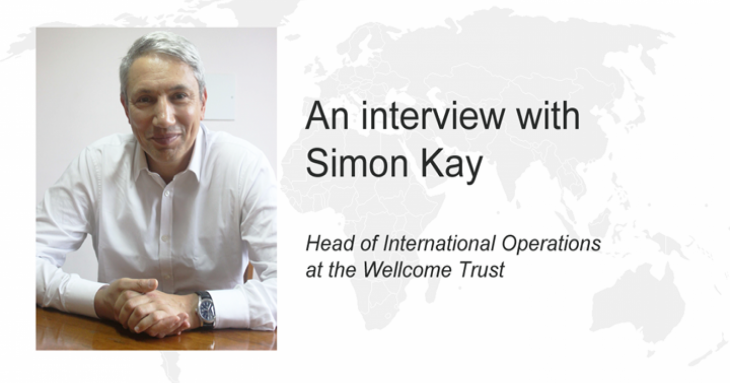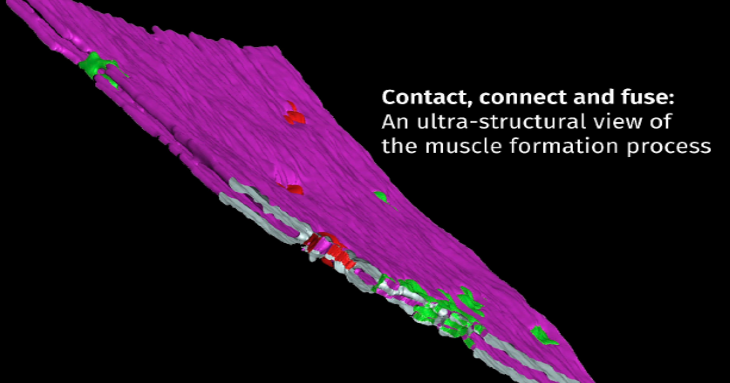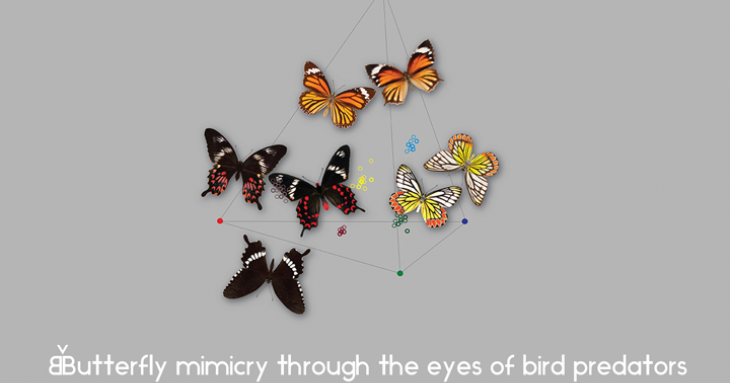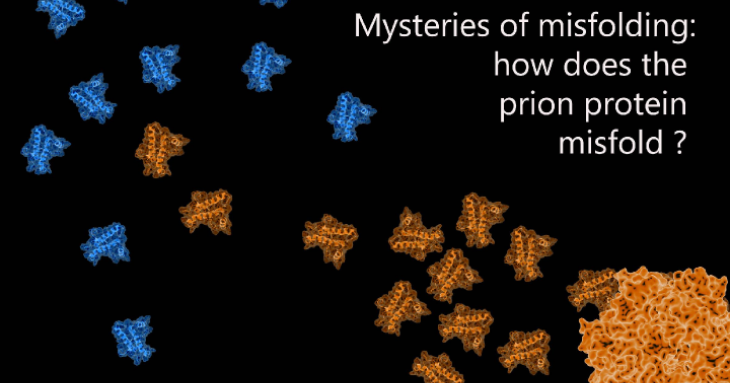-
NCBS welcomes new faculty member - Shashi Thutupalli
The campus extends a warm welcome to Shashi Thutupalli, the newest faculty member joining NCBS. He will be affiliated with the Theory and Modelling group, and with the Simons Centre at NCBS. During his PhD, Shashi worked on studying pattern formation in Min proteins that influence division in bacteria.
-
Sunaina Surana wins Eli Lilly Outstanding Thesis award for 2014
Sunaina Surana, a former PhD student from the National Centre for Biological Sciences (NCBS), Bangalore, has won an Eli Lilly and Company Asia Outstanding Thesis Award for 2014. Sunaina's thesis titled "A framework to apply DNA nanodevices to a multicellular model organism" dealt with testing the operation of a DNA nanomachine which senses pH changes in a live organism - the roundworm Caenorhabditis elegans.
-
Satyajit Mayor’s lab star in the latest ‘Microscopic blockbuster’
This year, Dr. Satyajit Mayor's team from the National Centre for Biological Sciences (NCBS), Bangalore, was selected by the American Society for Cell Biology (ASCB) to star in a Celldance video that features their work on cell membrane organisation. Celldance Studios (ASCB's Public information Committee) invited Dr. Mayor's lab to send them a rough-cut video highlighting their work.
-
Science on tracks: NCBS and the Science Express
A science exhibition on the move? It's a fantastic idea that has been travelling on the Indian railway tracks for seven years. The Science Express is a unique moving science exhibition mounted on a 16-coach AC train that was first flagged off in 2007 by the then Prime Minister of India, Dr. Manmohan Singh and German Chancellor Dr. Angela Merkel.
-
Sniff and track or run and scan?
It's dinnertime, and the smell of delicious food makes your tummy rumble. However, it's dark because of a powercut and you can't see very clearly. What do you do? Raise your head, sniff, and follow the delectable smells to where the food is? Or should you just take a guess and peek into the kitchen, or the dining room or the veranda, which are the likeliest places for dinner to be served? A recent study shows that the latter method - dubbed "run-and-scan" - may actually be a more efficient way to find your target than just following your nose.
-
An interview with Simon Kay
Research is a global activity not restricted by geographical boundaries and talented researchers with good ideas need research funding that helps their work transcend borders and further knowledge.
-
Contact, connect and fuse: An ultra-structural view of the muscle formation process
For an avid exerciser, a muscle pull or tear is a painful and fairly common occurrence. A sudden turn or an unusually vigorous bout of aerobics can leave one with a muscle tear that will effectively confine a person to bed for a few weeks. However, muscles do heal - a set of quiescent cells called myosatellite cells in muscles are activated by injury to divide and form myoblasts, which in turn fuse with muscle cells to repair damaged muscles.
-
Butterfly mimicry through the eyes of bird predators
Mimicry: the art or practice of imitating something.
-
Mysteries of misfolding: how does the prion protein misfold?
Prions are strange, even by the standards of the biological world which regularly throws up bizarre creations. They are the agents that cause mad cow disease in cattle, scrapie in sheep, Creutzfeldt- Jakob disease (the equivalent of mad-cow in humans) and fatal familial insomnia. The term prion was coined from the words “protein” and “infection” to reflect its unique nature – an infectious protein, which does not require the all-important DNA or RNA molecules to copy and transmit biological information.



